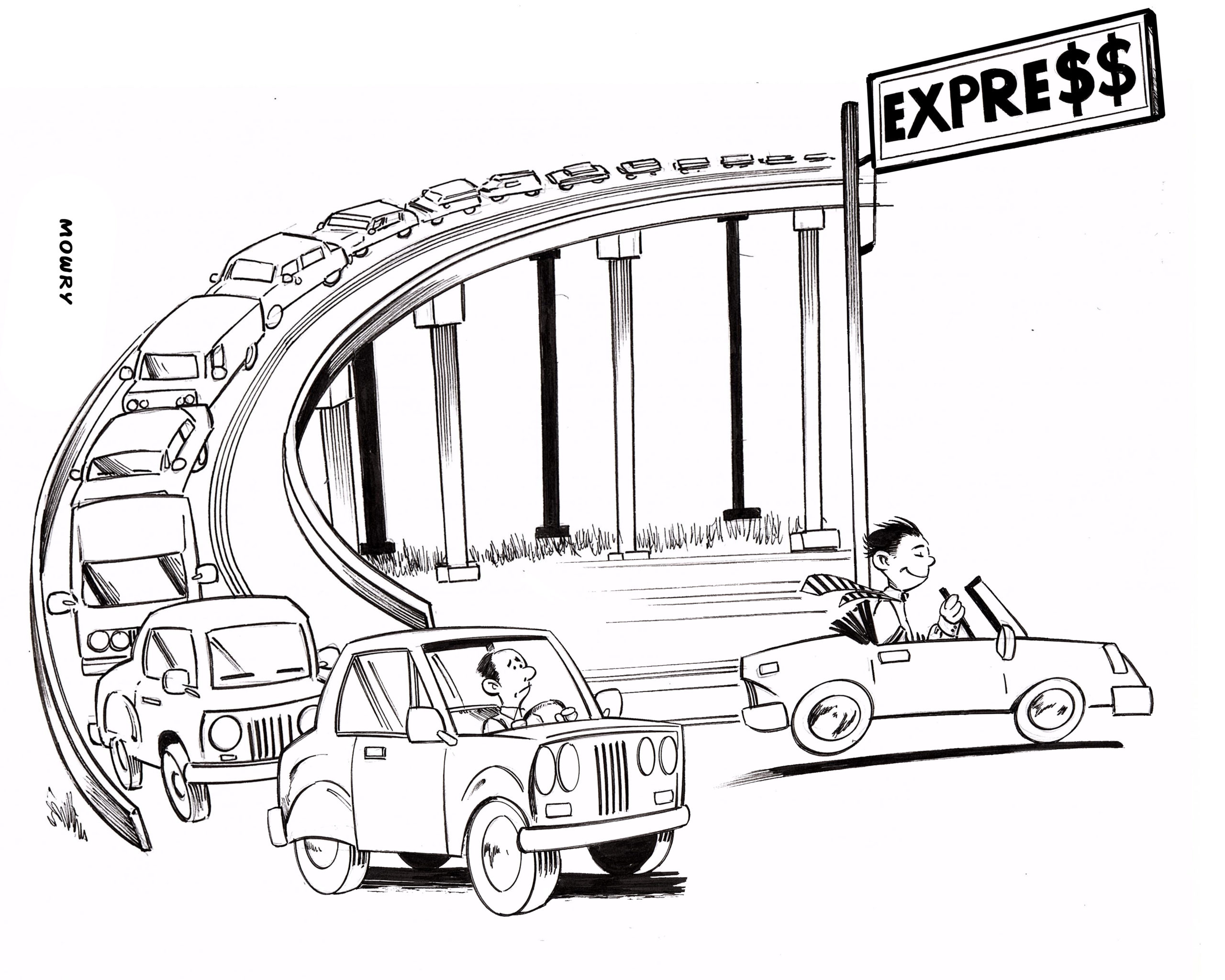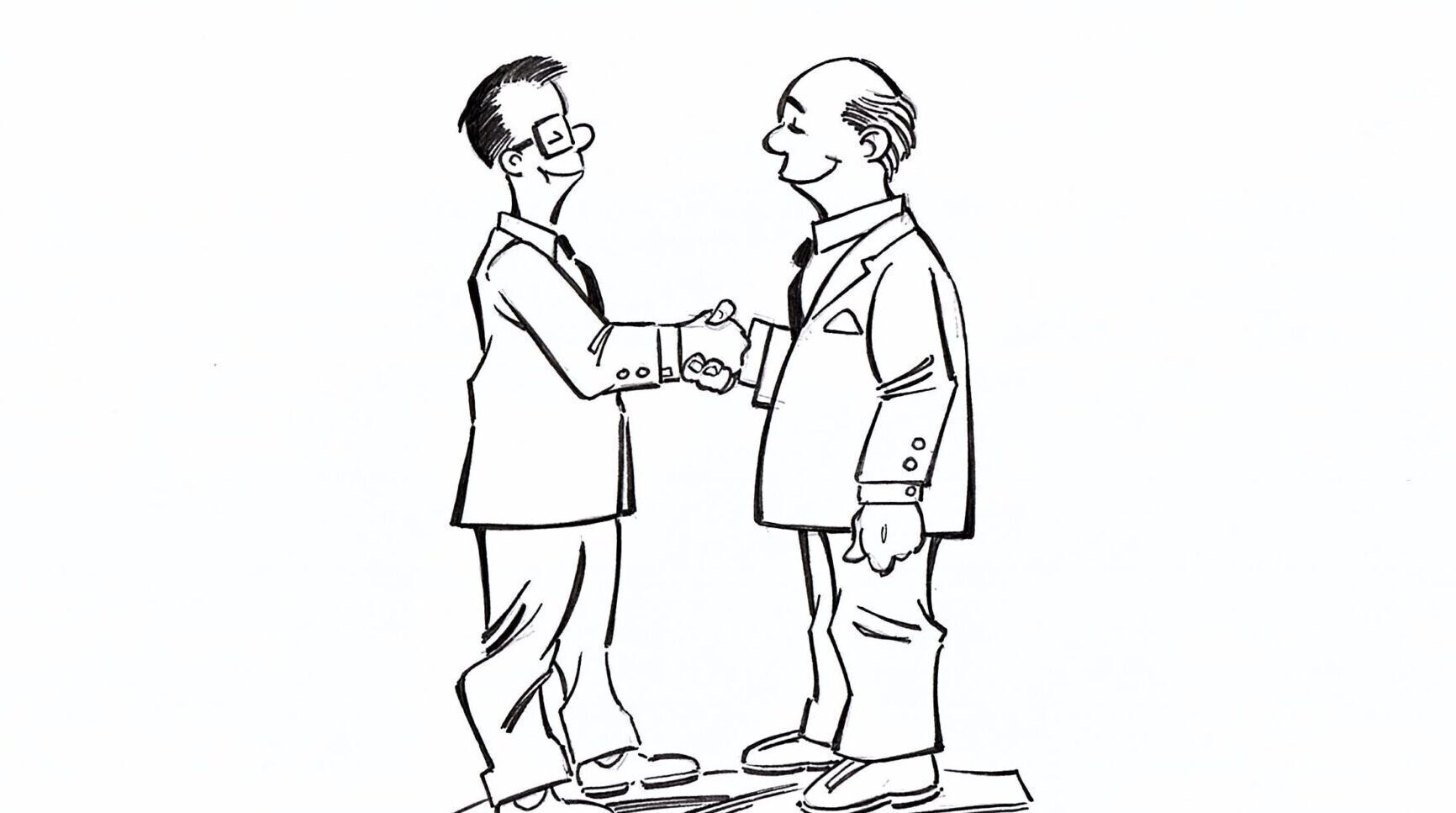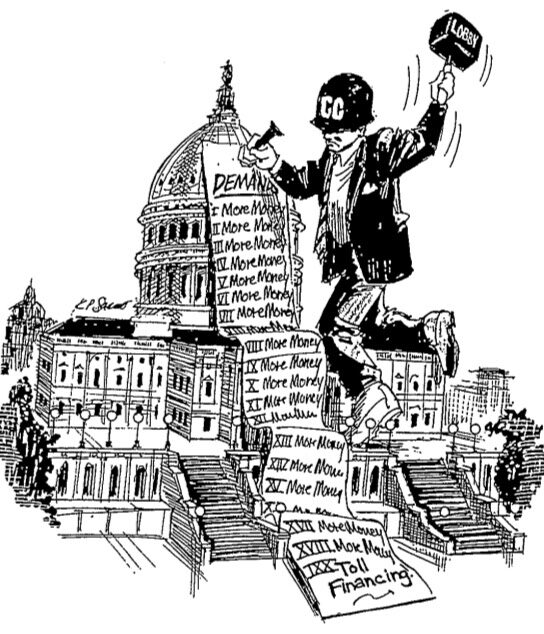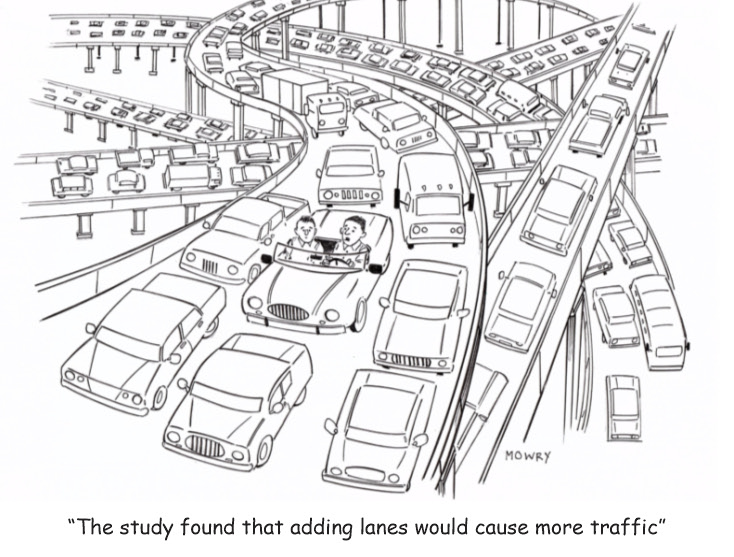Some large-scale infrastructure has traditionally been paid for by taxpayers. But since World War II, commercial aviation infrastructure (airports and air traffic control) and highways have been largely paid for via user taxes. Customers (airlines, trucking companies, and motorists) understood that this infrastructure is costly, and they expected to pay for its use.
The last decade has seen a departure from this practice. In highways and bridges, the IIJA legislation provided $674 billion in borrowed federal money that is being provided to state DOTs for projects that would otherwise have been paid for via long-term bonds supported by highway user tax revenues or by tolls. The free federal money has rewarded holdouts against tolling, such as supporters of the new $3.6 billion Brent Spence Bridge across the Ohio River. The more such financing is available, the less highway users will realize what these projects actually cost. This will reinforce political opposition to long-overdue increases in federal highway user taxes.
And unfortunately, the major transportation organizations have become big fans of IIJA. We now see AGC, ARTBA, and AASHTO all calling for Congress to make IIJA the baseline of federal highway and transit funding in the forthcoming FY2026 surface transportation reauthorization legislation. Whatever happened to “users-pay/users-benefit”?



